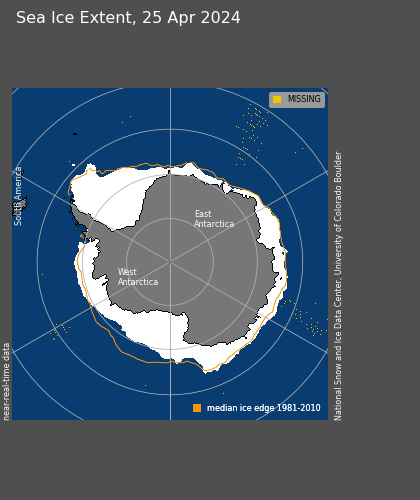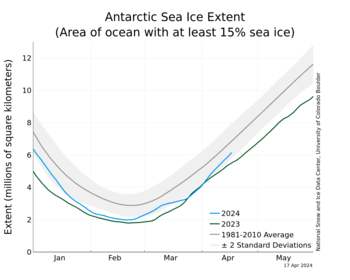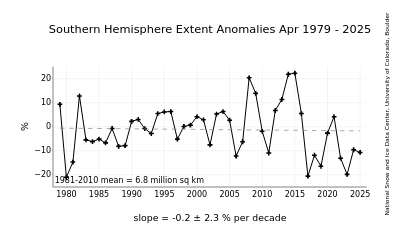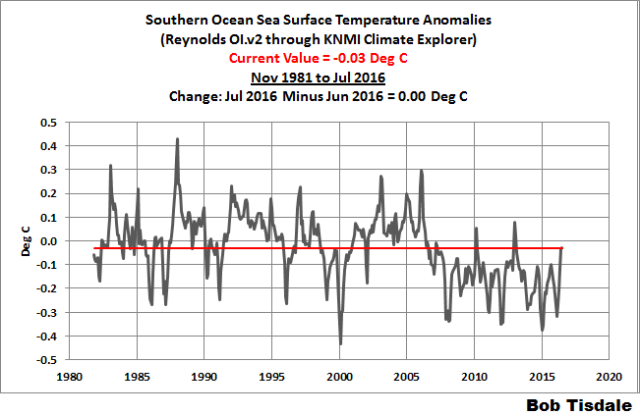A common misconception is if we reduce co2 emissions sometime in the future, the climate will right itself or be kept at manageable levels. However, as temperatures rise they cause other natural phenomenon to change and one of these is the ocean currents, which move hot and cold water around the globe and so dramatically influence the stability of the climate. Below is a newly appreciated situation that is very likely to lead to rapid climate change and well out of our control, should ocean currents slow or otherwise change.
>>A group of elephant seals in Antarctica has helped show how freshwater from melting ice shelves affects a key part of the engine that drives the circulation of the world’s oceans.
Key points
An international team of researchers led by Dr Guy Williams of the University of Tasmania analysed temperature and salinity data captured by sensors attached to the elephant seals.
The data, published in the journal Nature Communications, shows how melting ice shelves in Prydz Bay in East Antarctica are interfering with the production of Antarctic bottom water.
Bottom water is formed when seas around Antarctica freeze over in winter causing salt to leach out of the sea ice. This process forms dense surface water that eventually sinks to form cold dense water that sits in the abyssal zone 4,000 metres to 6,000 metres below the surface.
“It’s a key part of the global circulation,” Dr Williams explained.
“If you think of a conveyer belt, is really the gear that drives the engine that is pumping that circulation.”
The finding suggests that increased melting of ice shelves with future warming could affect the production of bottom water, Dr Williams said.<<
More;-
http://www.abc.net.au/news/2016-08-24/seals-reveal-how-antarctica’s-ice-shelves-affect-deep-ocean/7773362





